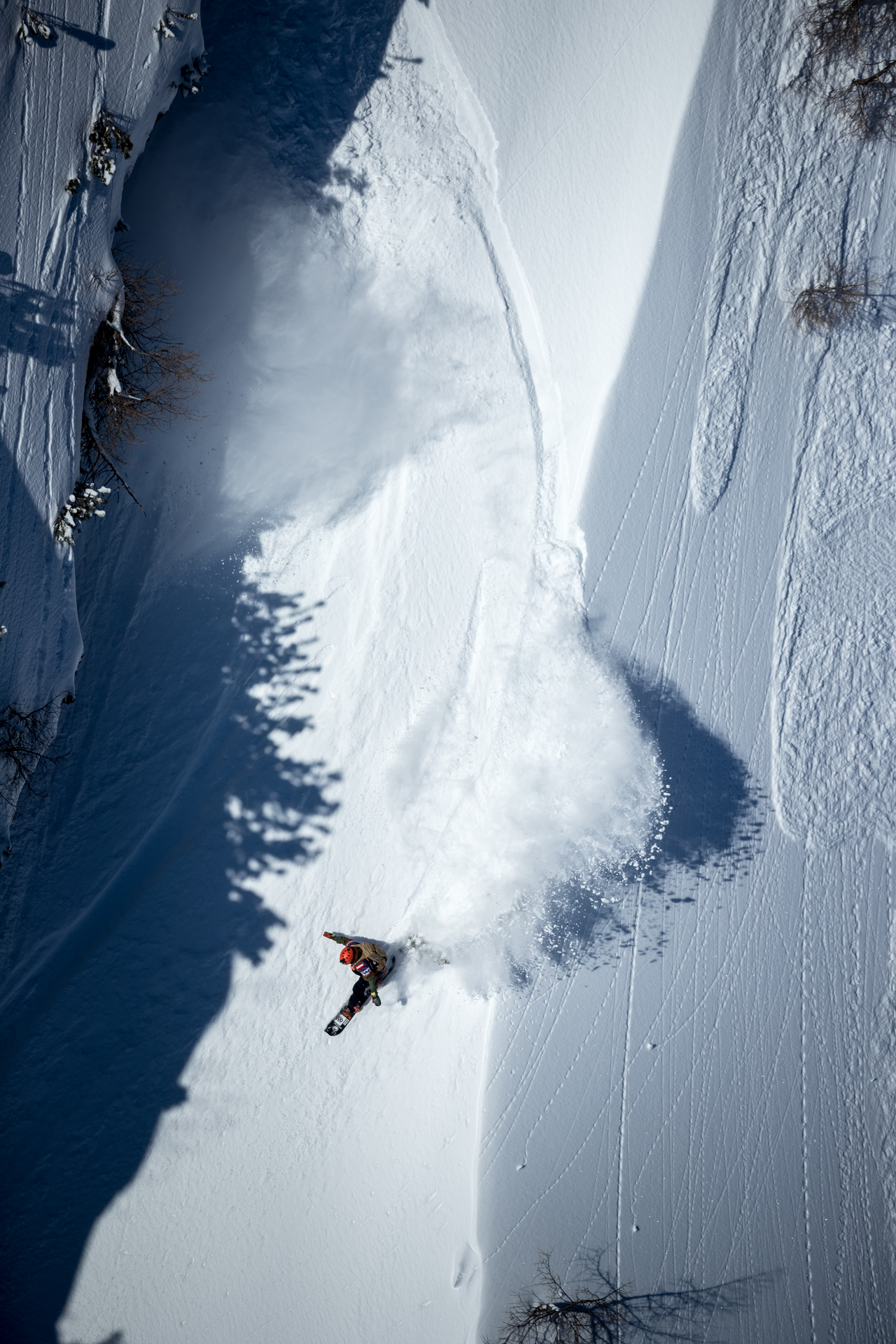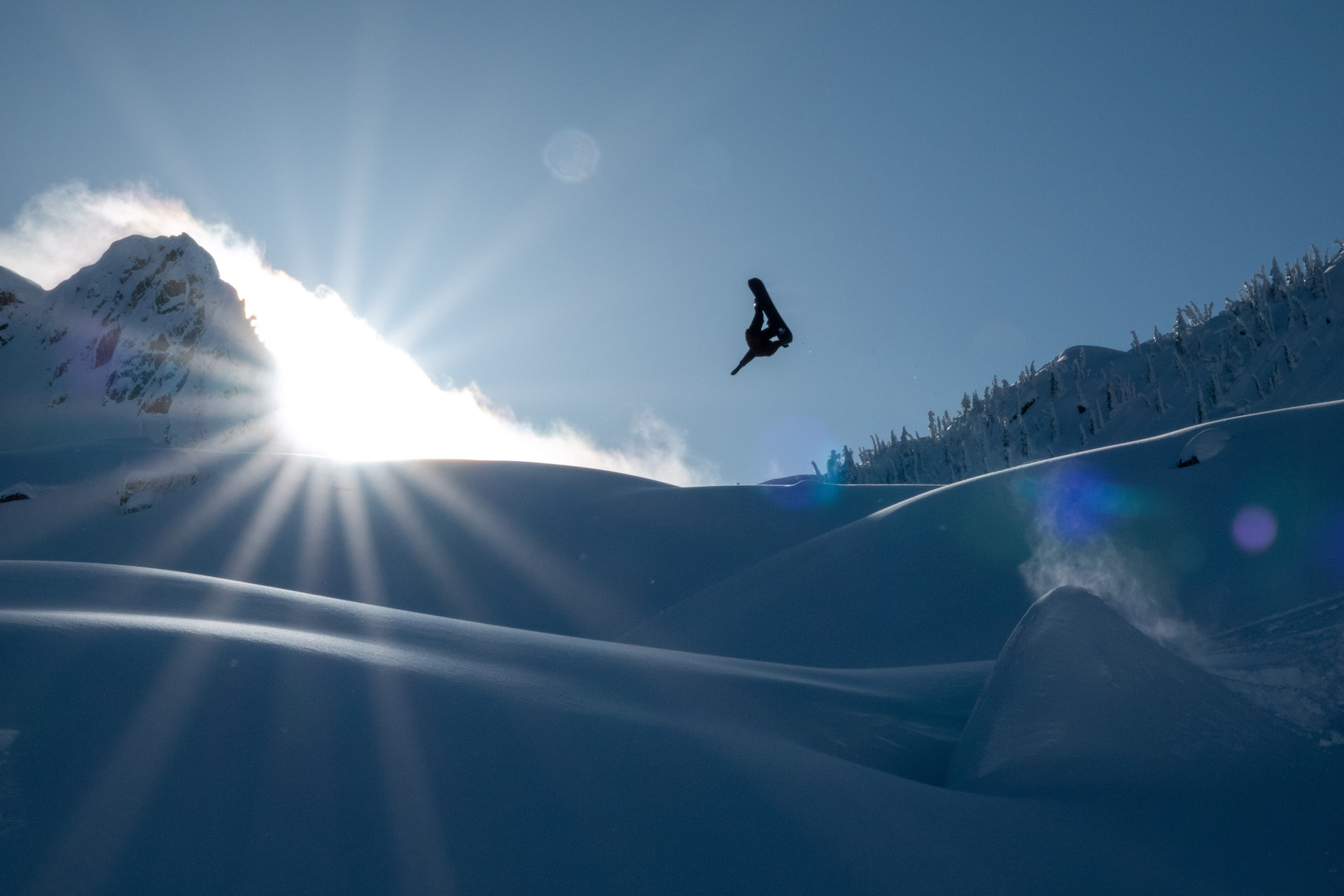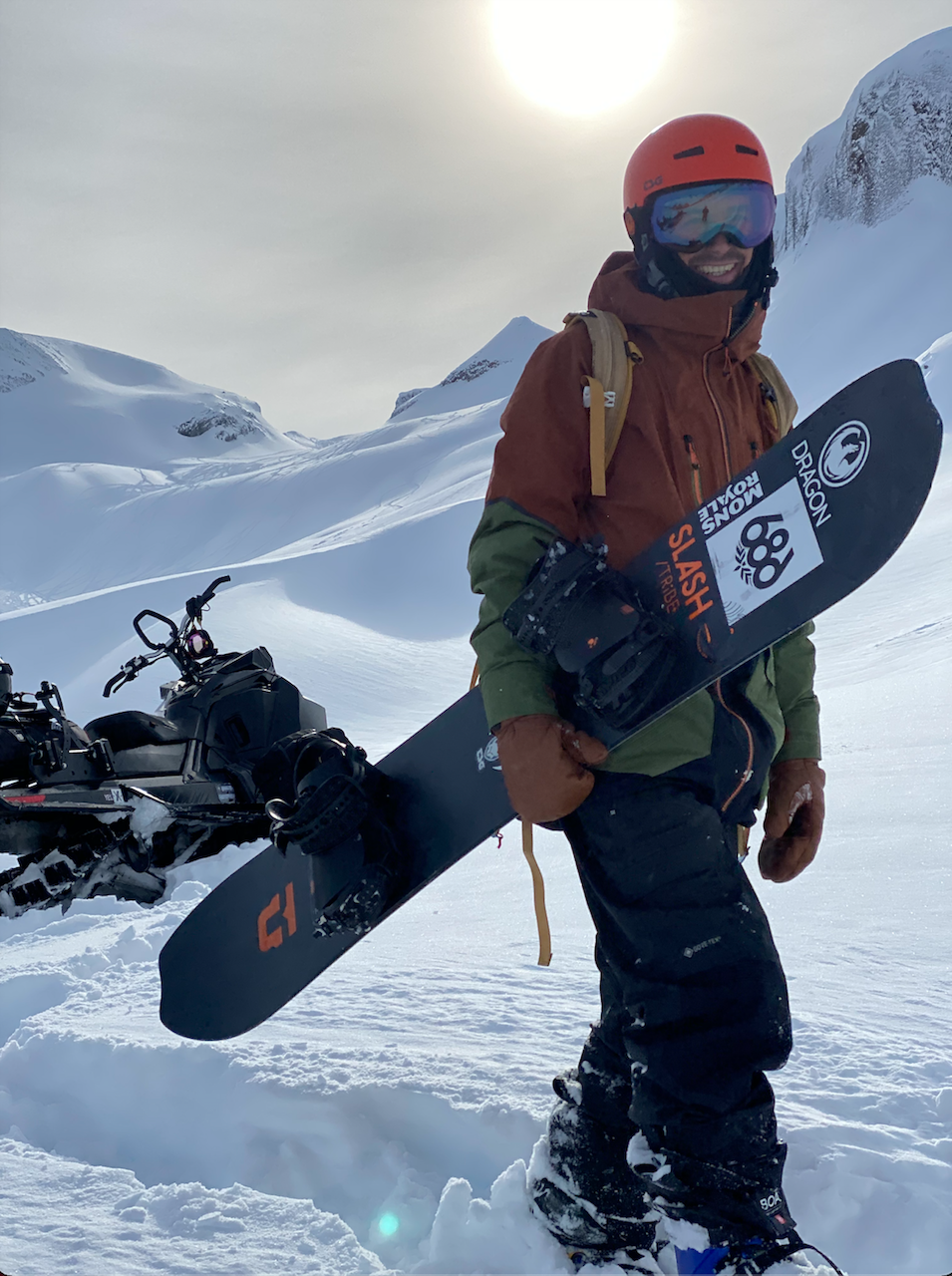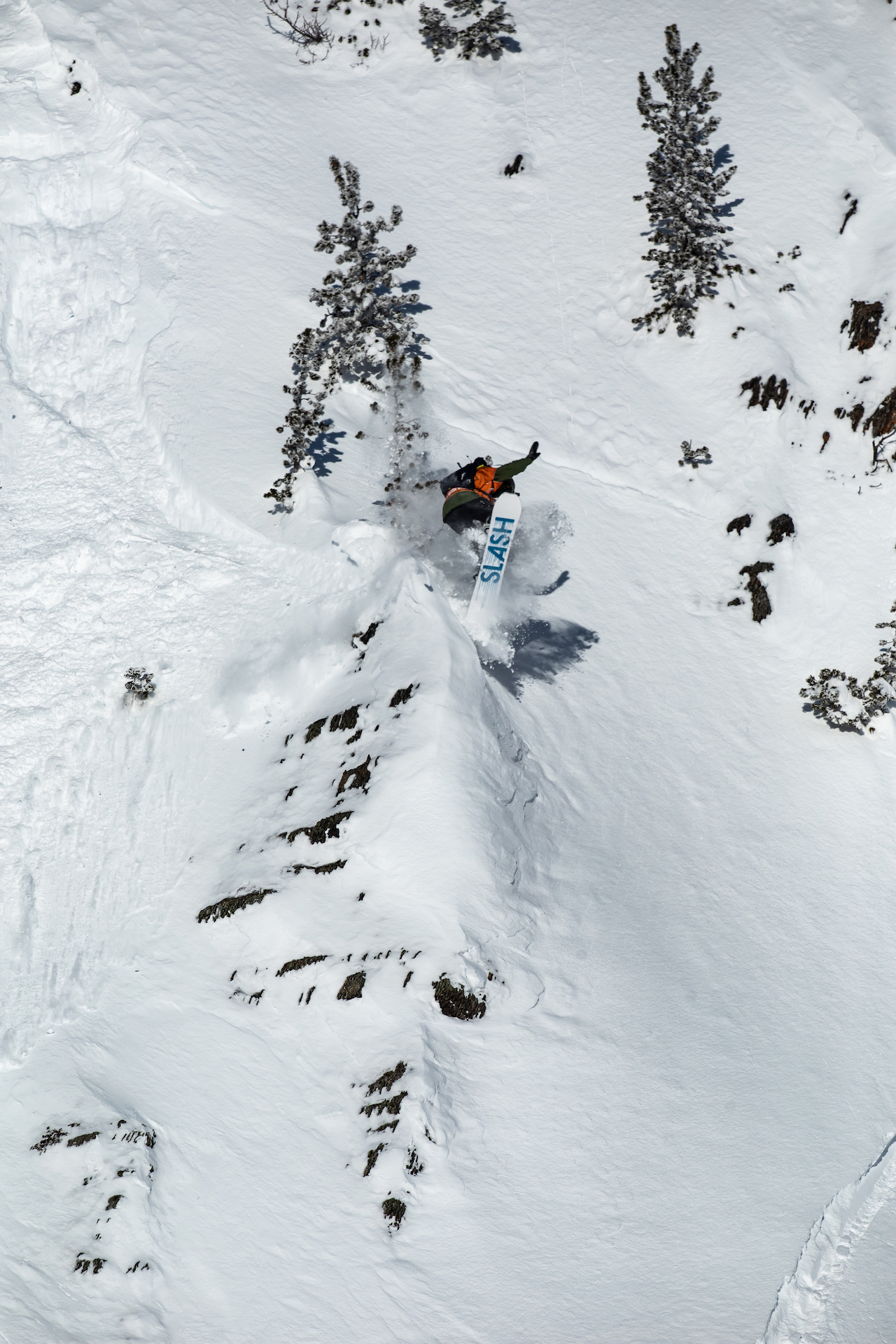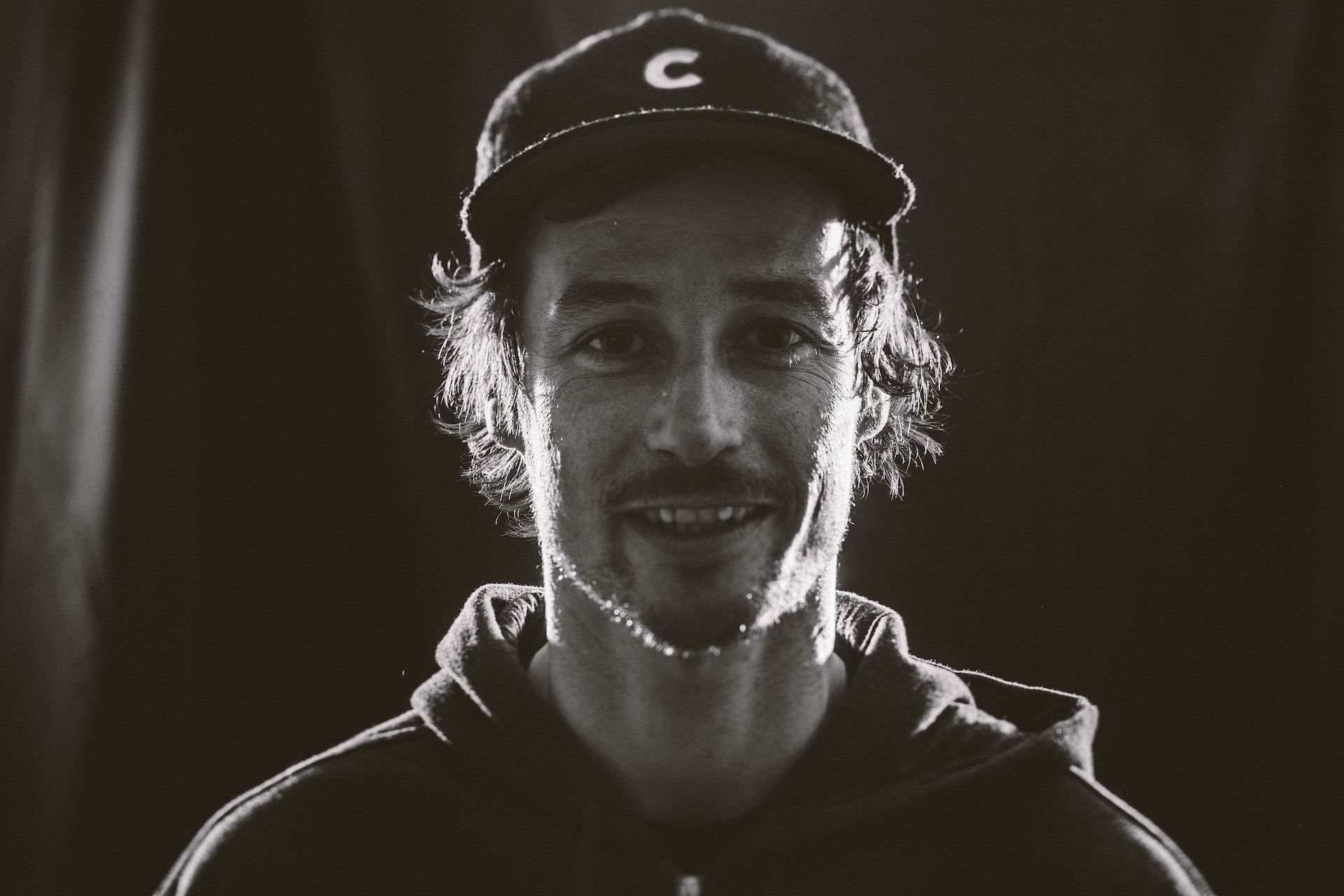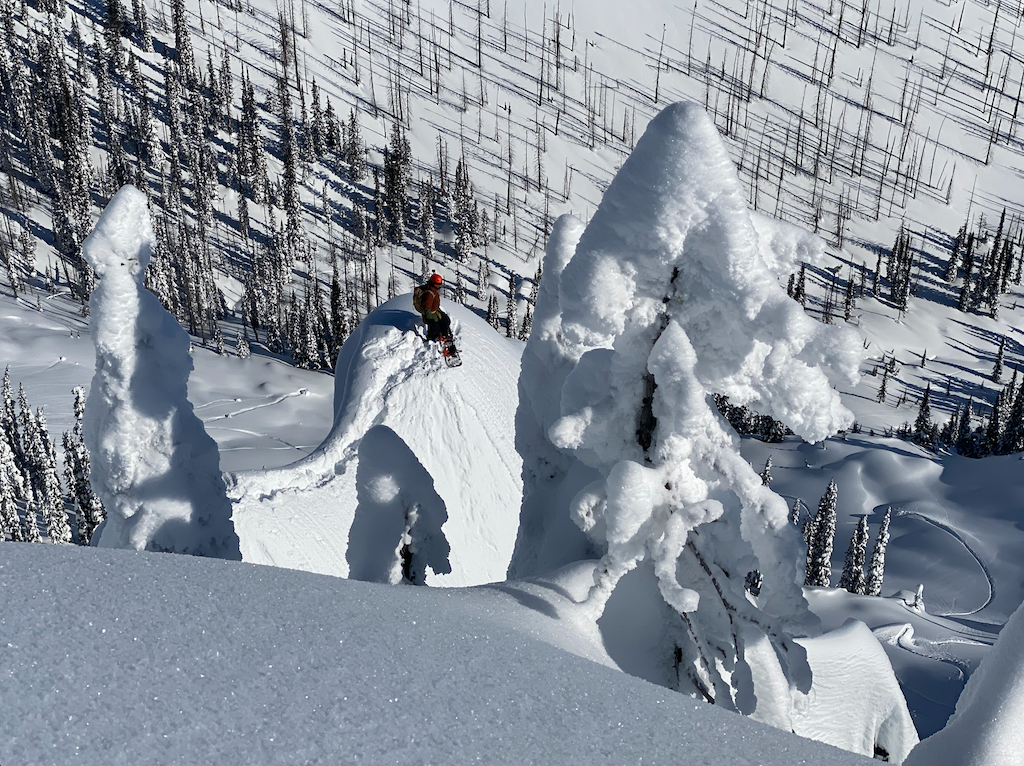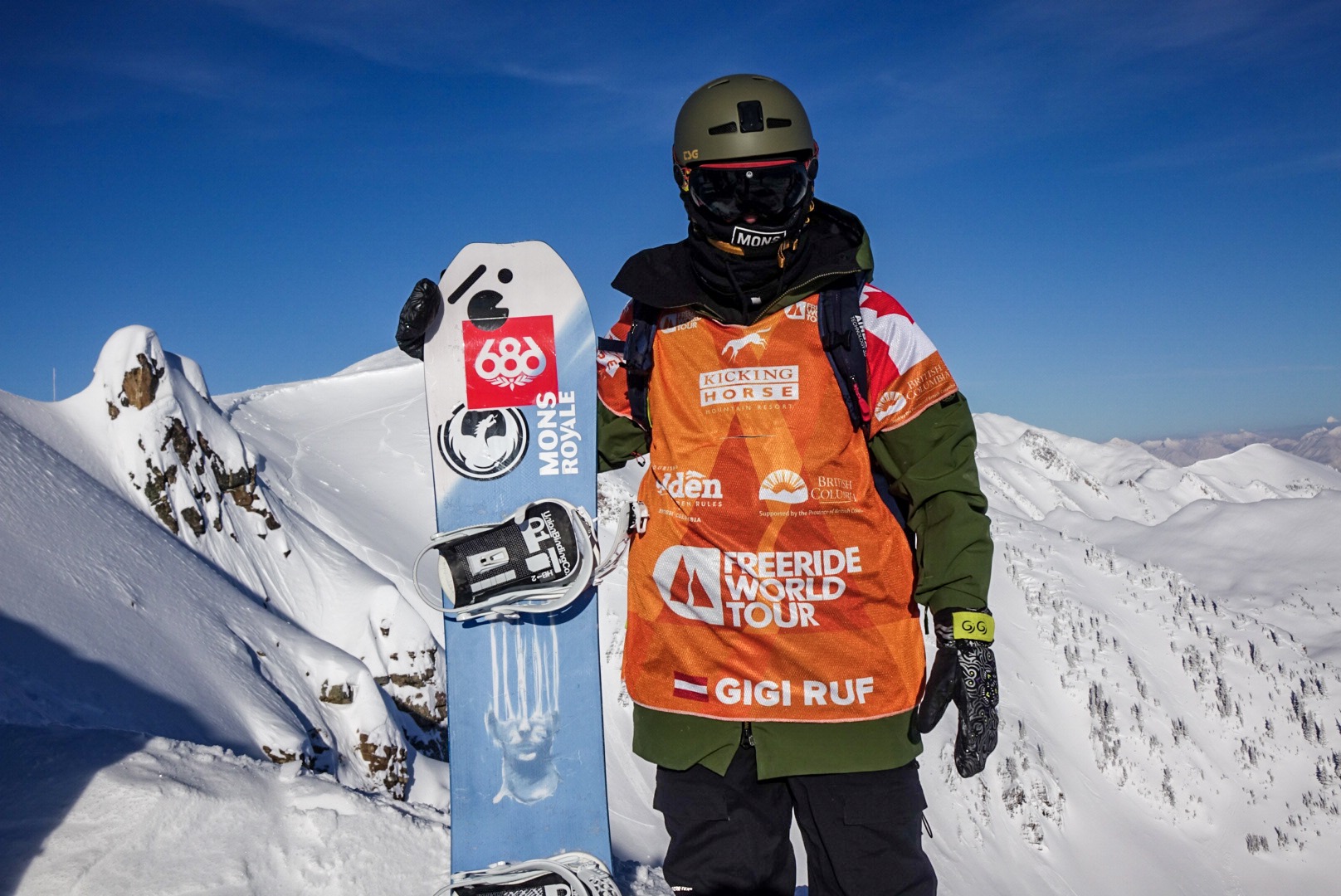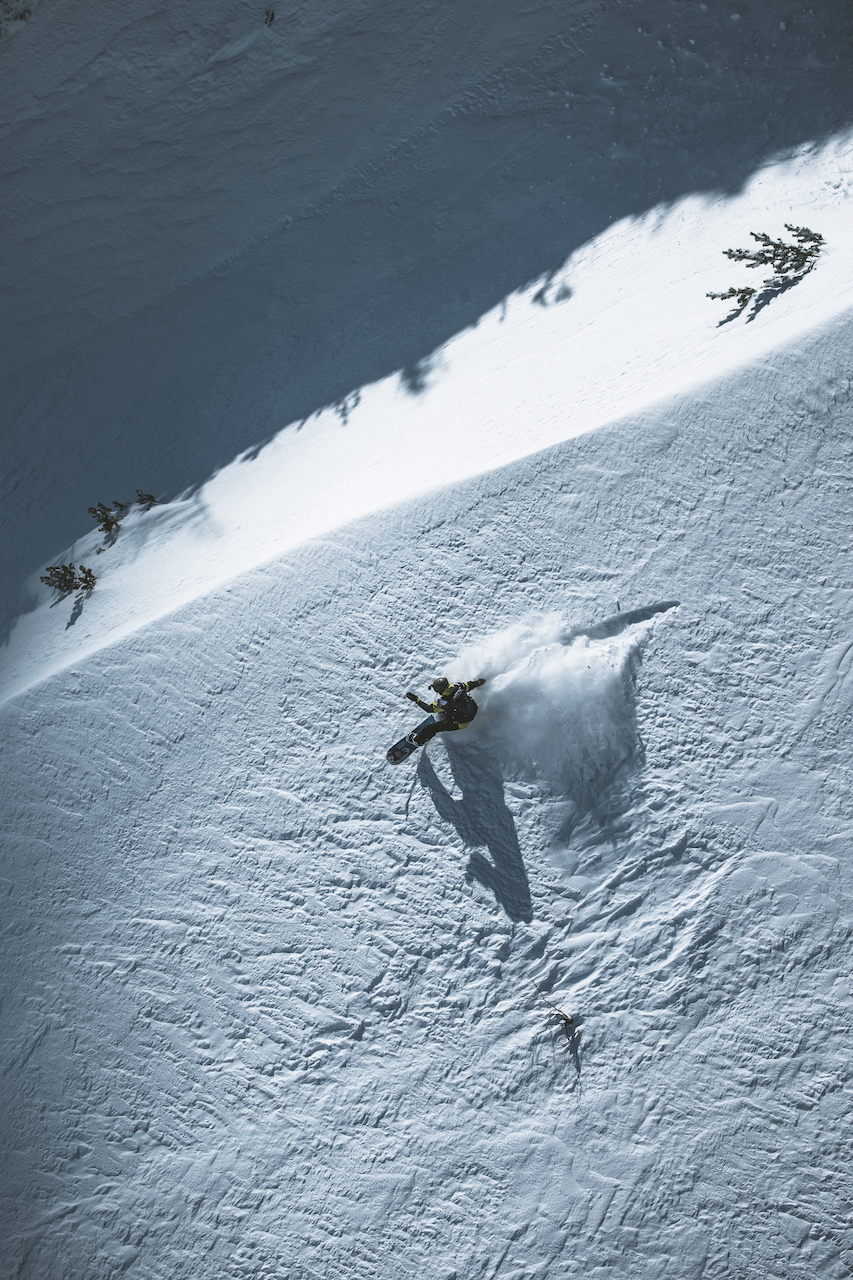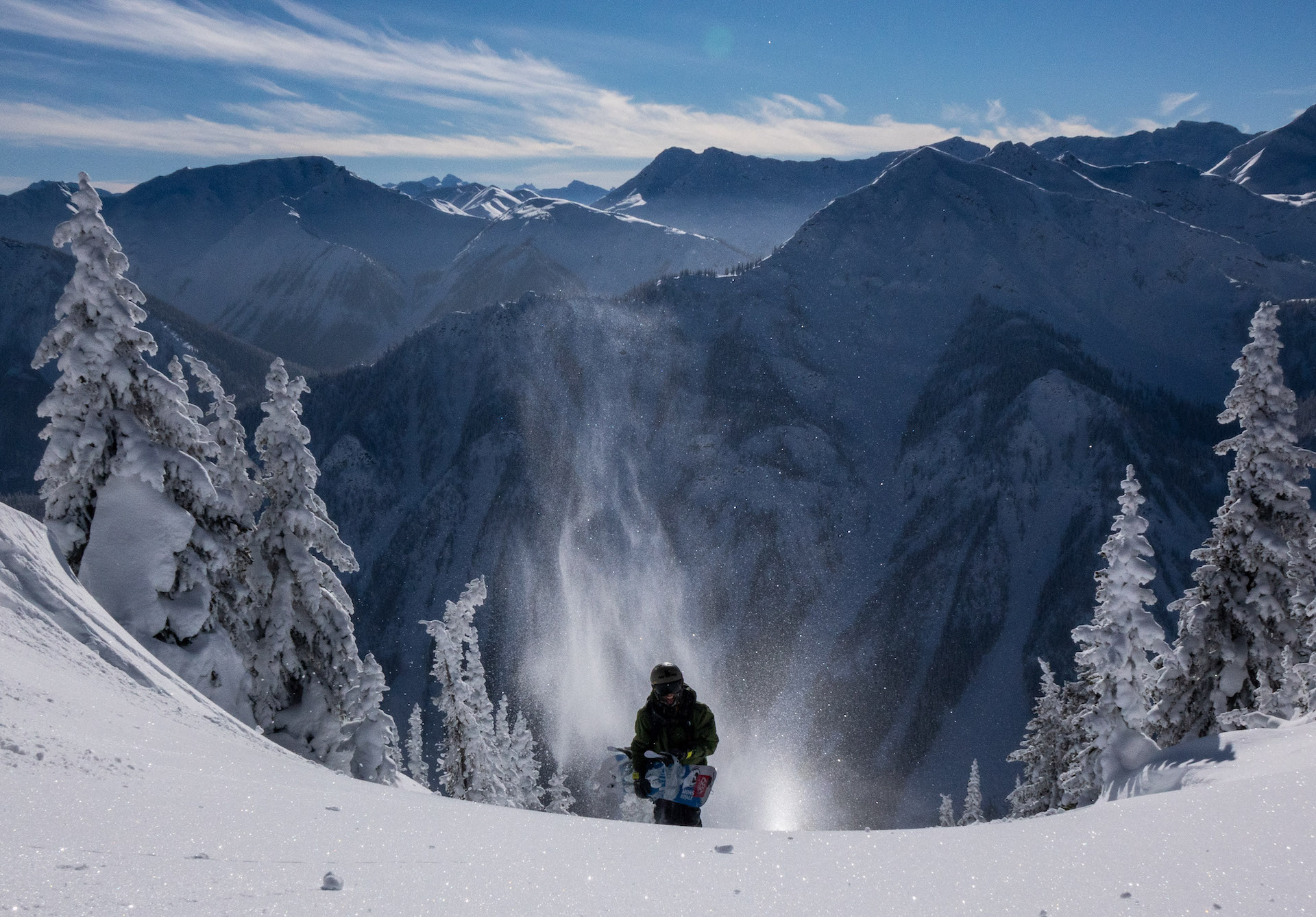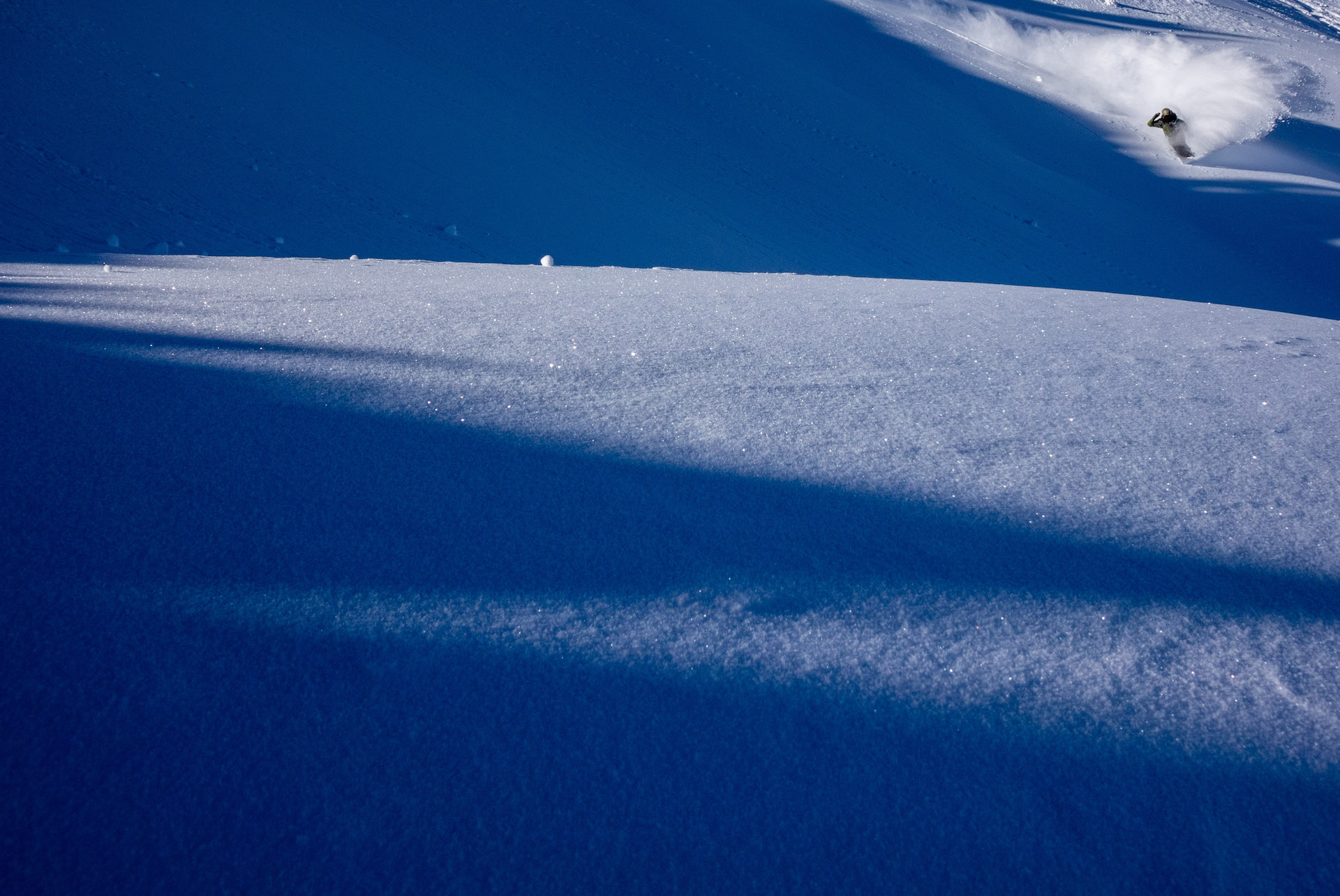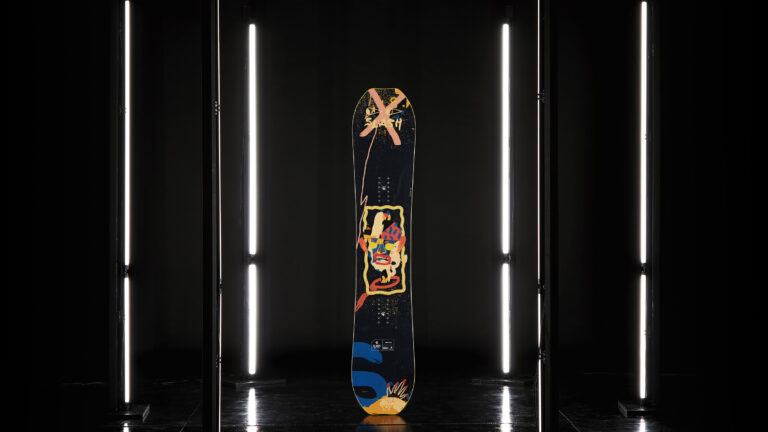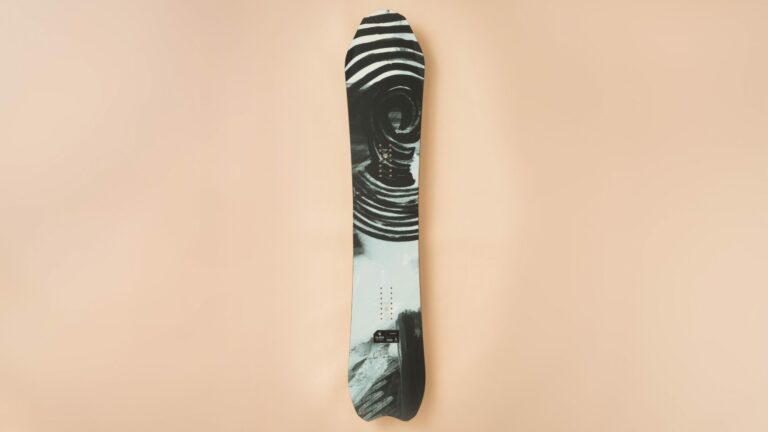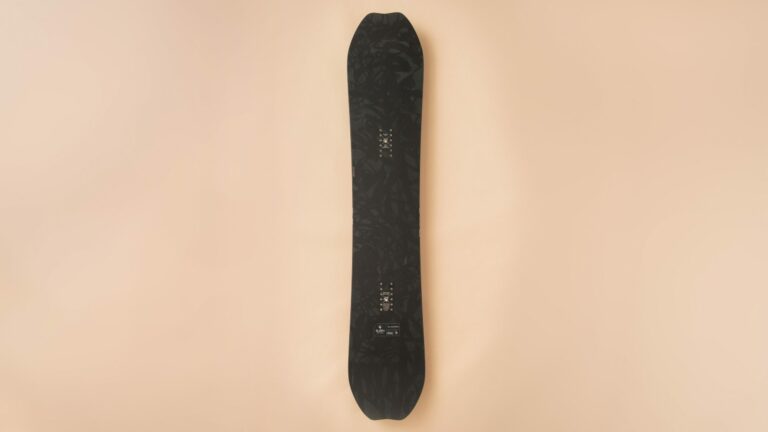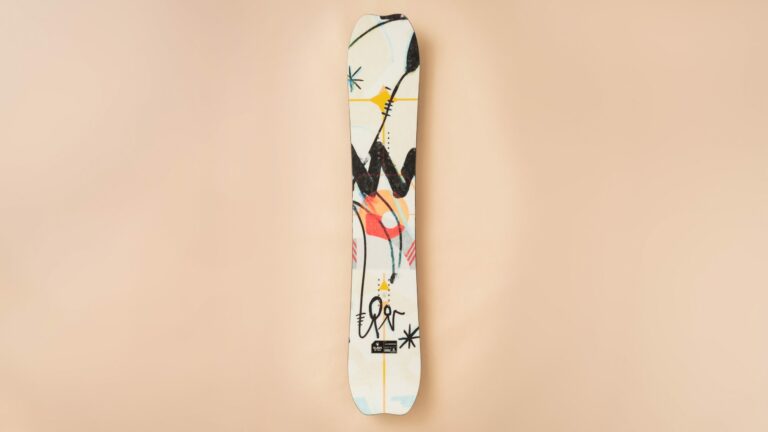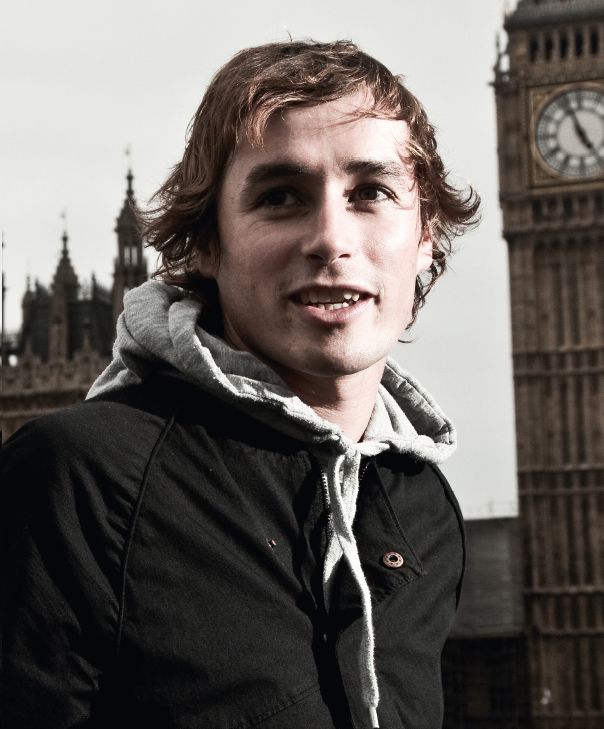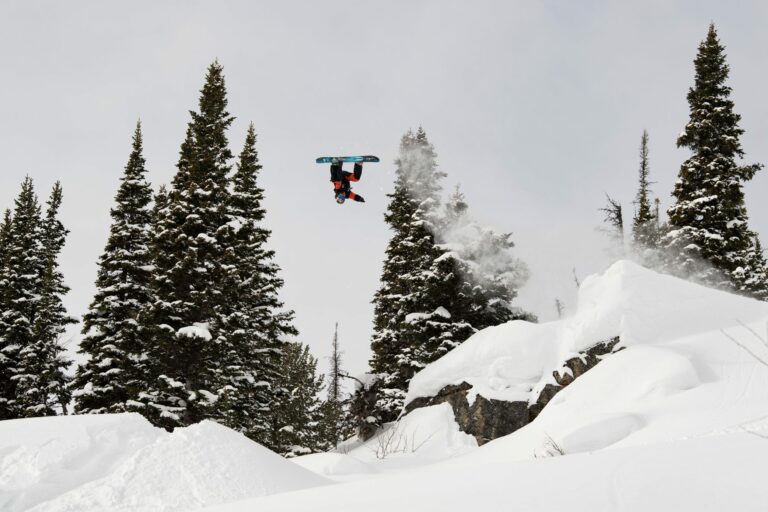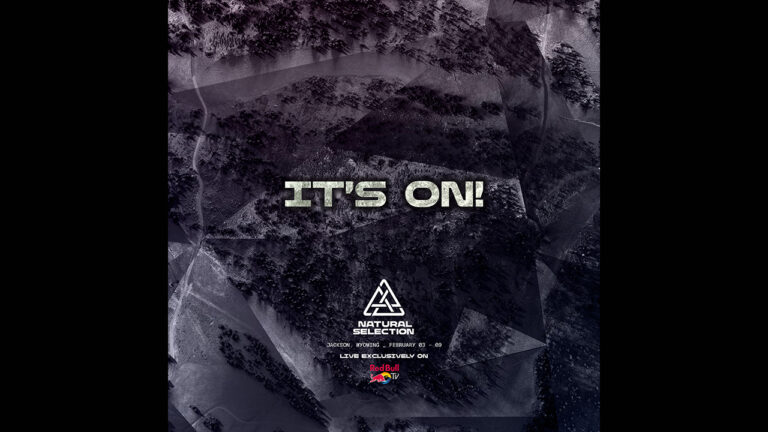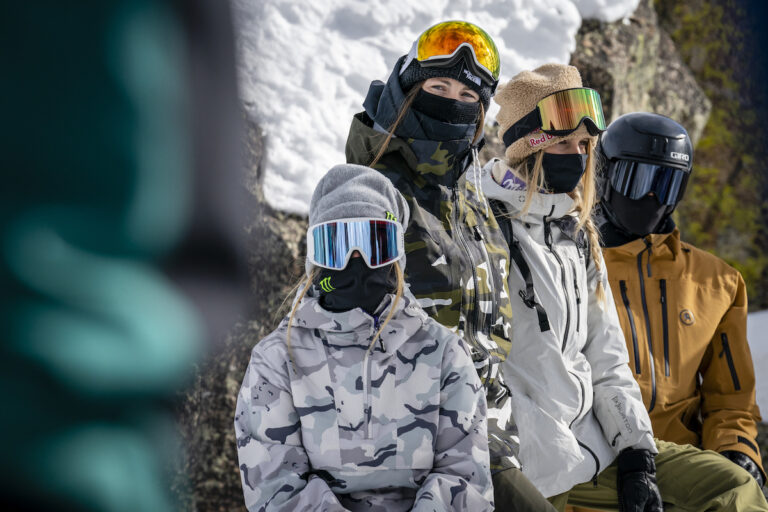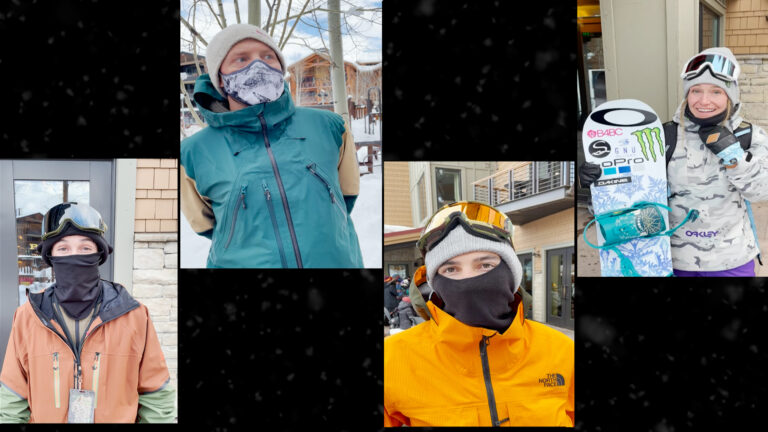Photo Above: Gigi Ruf. Pic: Mitchell Cheek
Gigi Rüf has probably had one of the most successful careers in the history of snowboarding – one that we can’t see ending any time soon either. Back in 2000, Gigi became known to the larger audience with his legendary part in the Kingpin Productions ‘Destroyer’. Two decades later, the guy is still smashing it.
“Gigi Rüf has probably had one of the most successful careers in the history of snowboarding – a career we can’t see an end to any time soon”
From filming with Kingpin, Absinthe Films and Pirates, to being part of the Burton Uninc crew, all the way to building his own snowboard company Slash, Gigi has seen snowboarding evolve from more than just one angle. And as if this wasn’t enough, he also decided to partake in The Freeride World Tour too, just to “stay busy”.
We sat down with Gigi just before the end of last year to catch up on how his latest movie project ‘Driven’ is coming along, what one decade of Slash Snowboards has brought with it and how he ended up on the Freeride World Tour to begin with.
